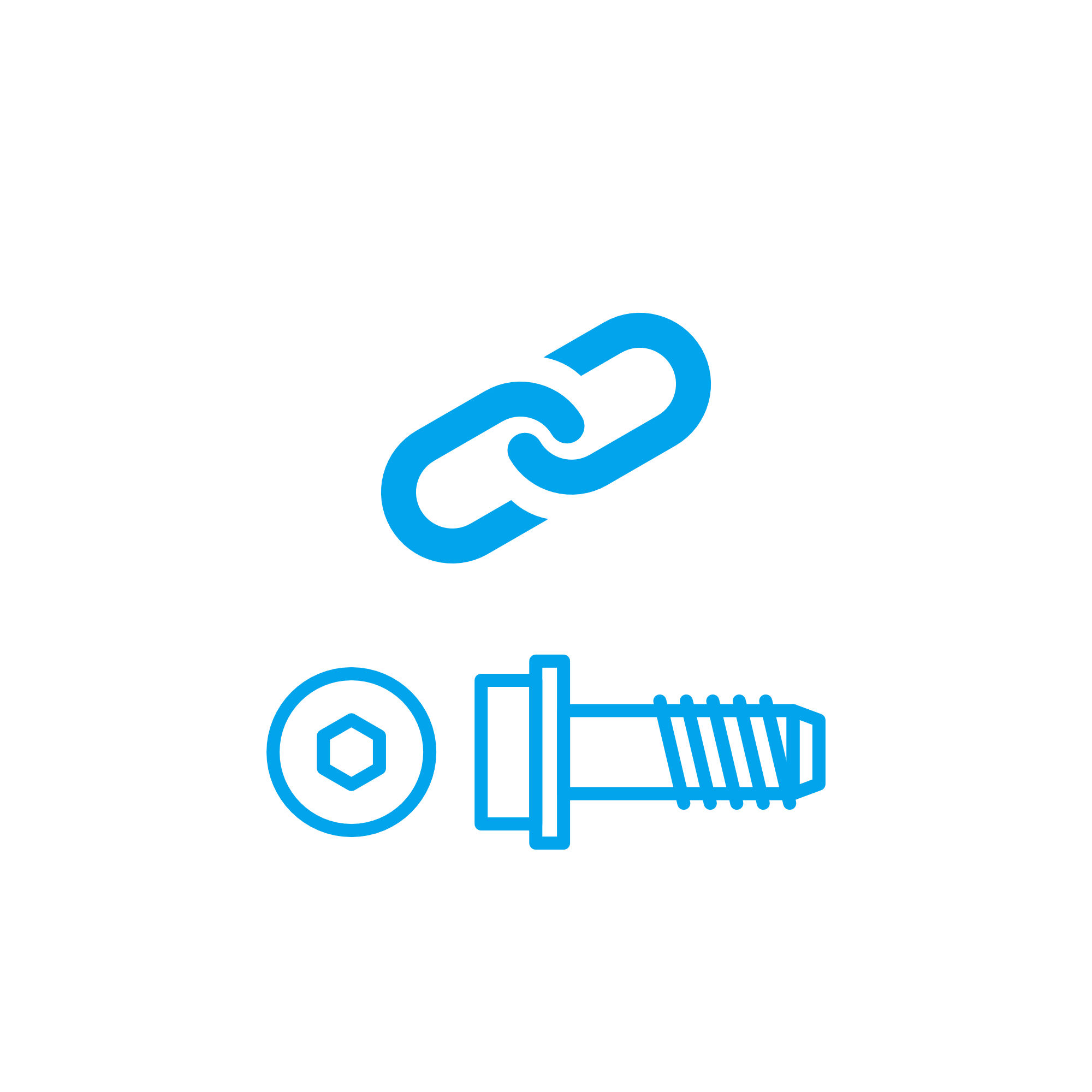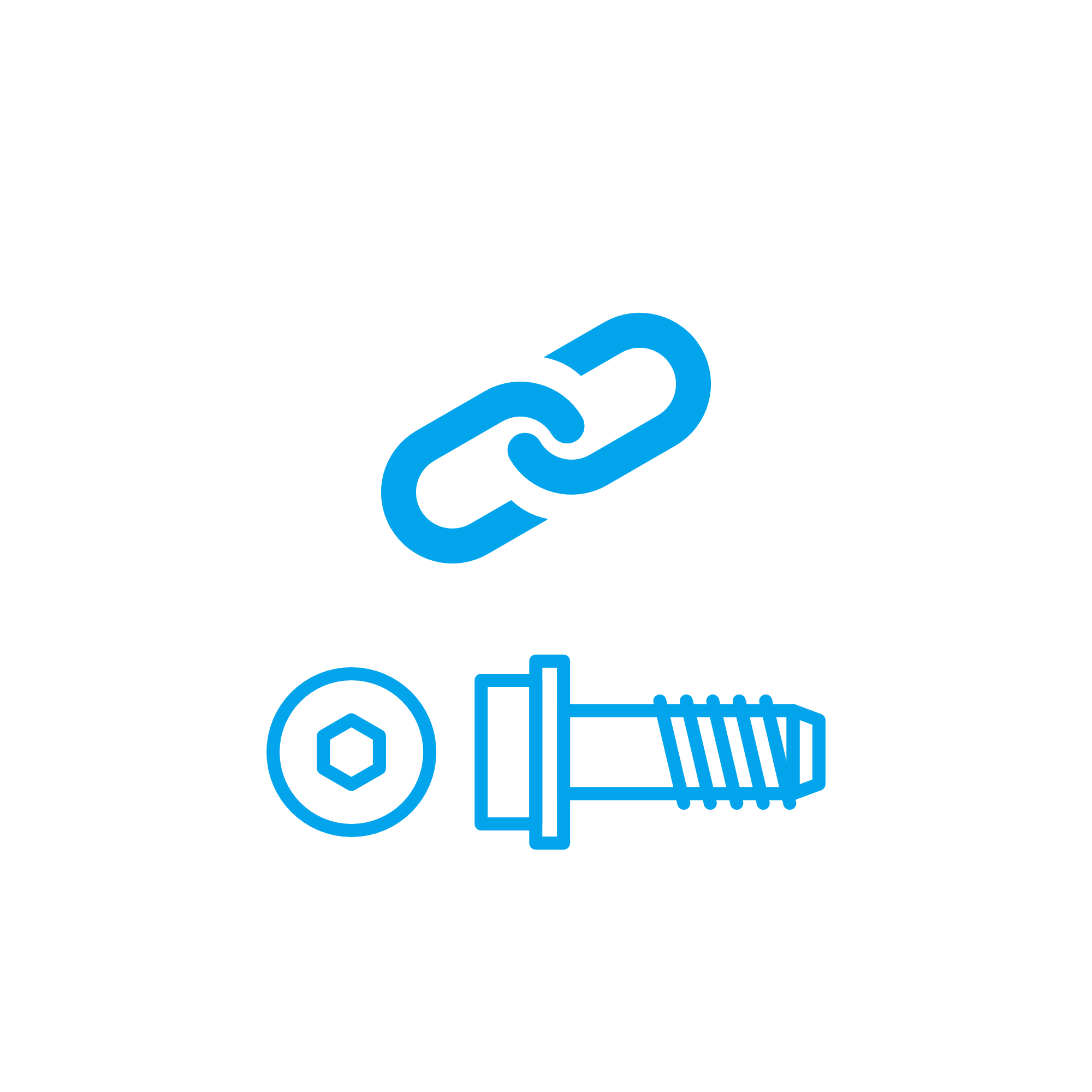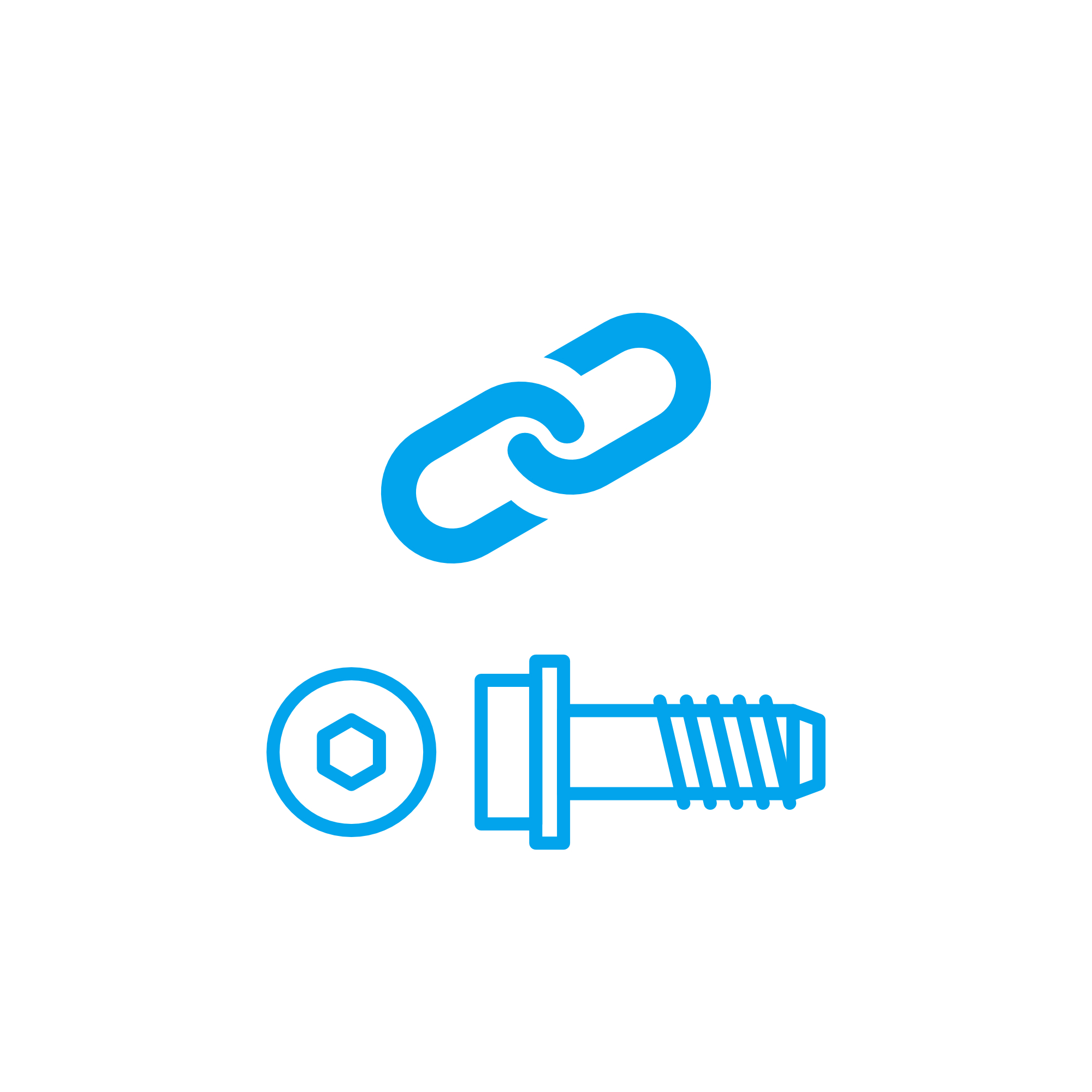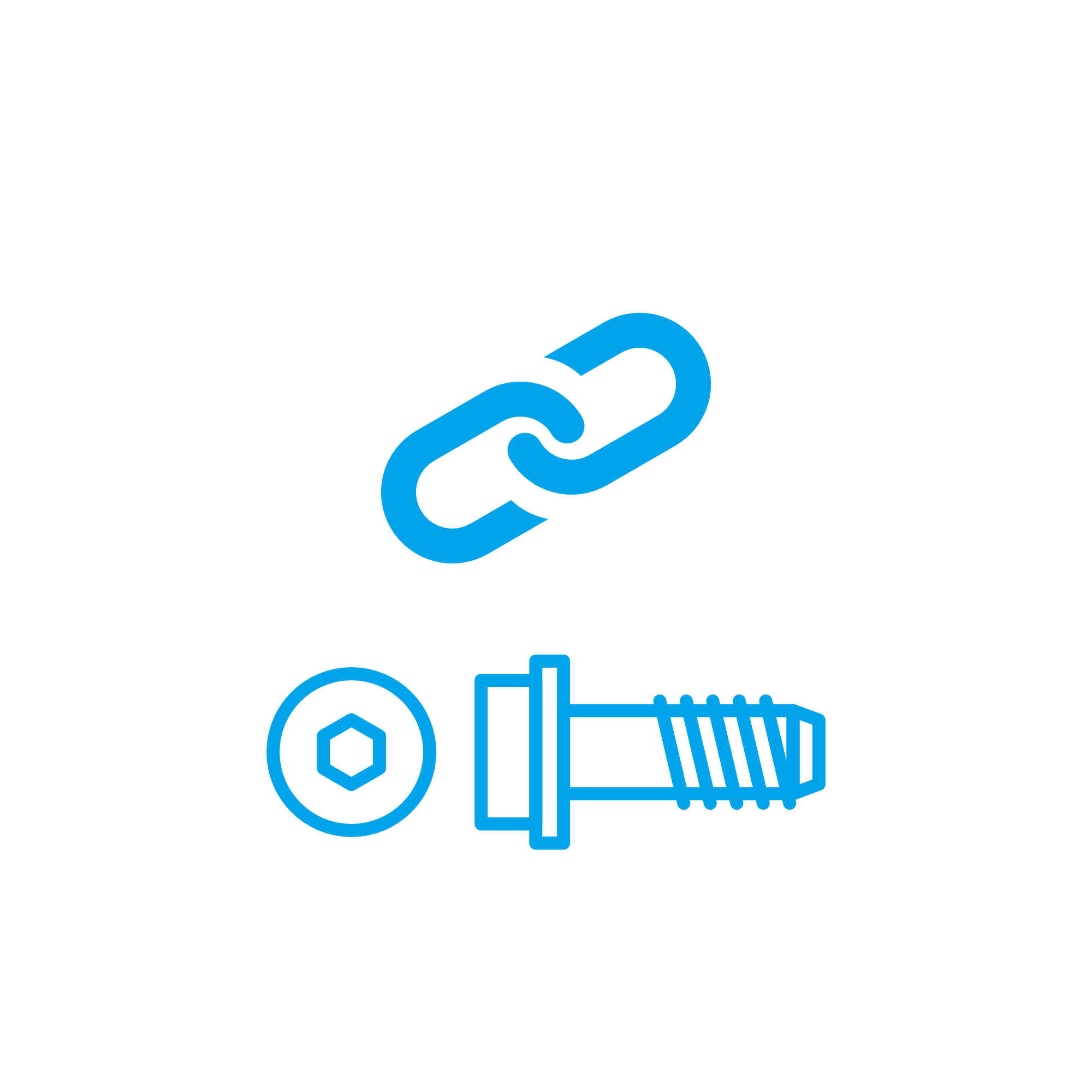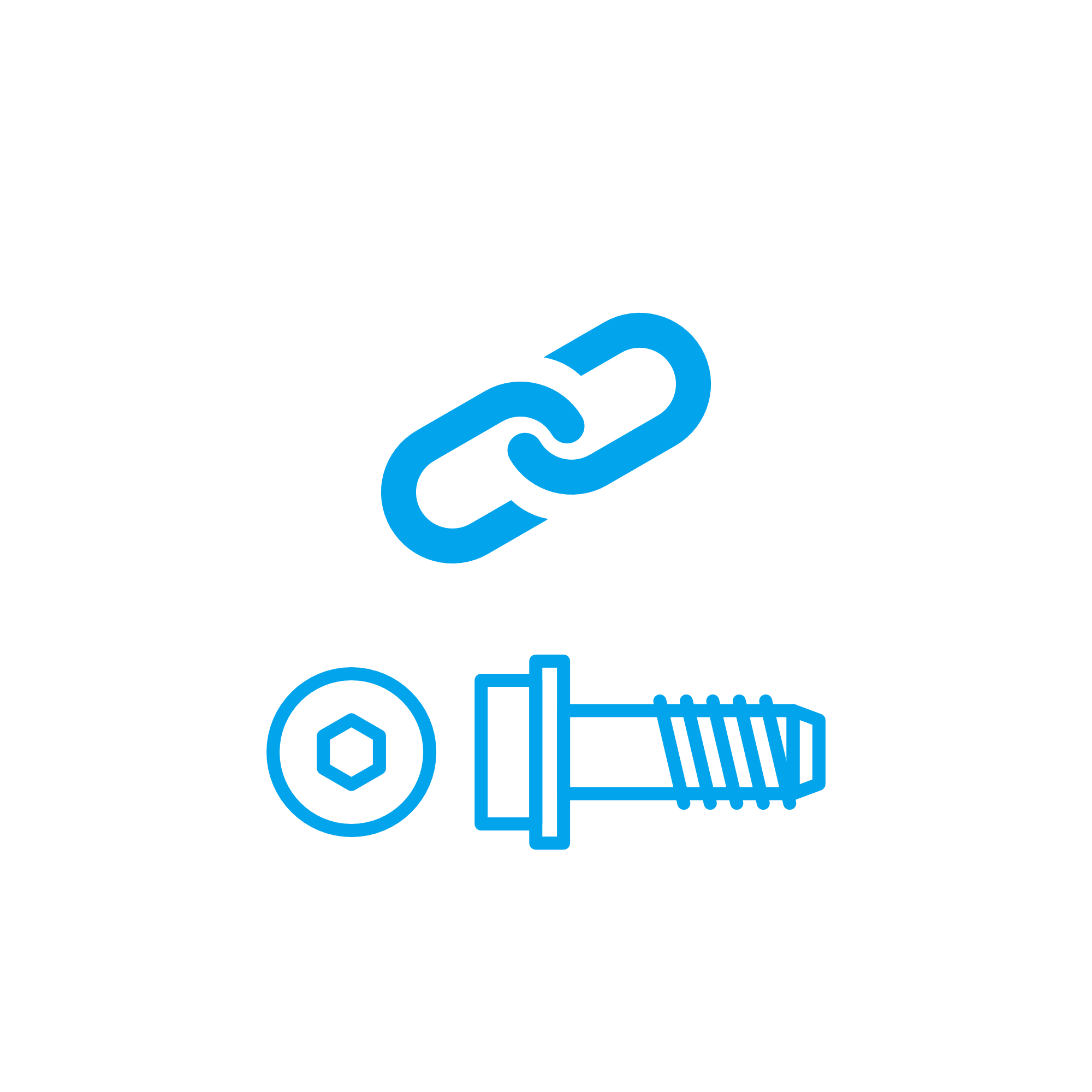YOKE Connecting Elements for Marine and Diesel Engines
Connecting elements are the mechanical links that hold an engine’s moving and stationary subsystems together. In heavy-duty diesel and gas applications—from ocean-going vessels to power generation—these elements transmit torque, constrain motion, and maintain precise alignment under cyclical loads and vibration. Within this category, the YOKE stands out as a versatile connector used to couple shafts, clamp components, bridge valves, and translate actuator motion with high repeatability. Selecting the right connecting elements is fundamental to dependable operation, fuel efficiency, and safety.
In a marine engine or a large stationary diesel engine, connecting elements such as yokes, clamps, pins, and couplings are engineered to exact tolerances and metallurgical specifications. They ensure that force flows through the machine as intended, preventing misalignment, premature wear, and unplanned downtime. For purchasers and technical decision-makers, understanding how a YOKE contributes to the system is key to controlling lifecycle cost and risk.
Technical function of YOKE connecting elements in diesel engine and marine engine systems
A YOKE is typically a U-shaped or bridge-style connector that captures a mating component via a cross-pin, stud, or clamped interface. Depending on the application, it acts as a structural link, a motion translator, or a load distribution element. Common placements include:
Powertrain and driveline: A driveshaft YOKE mates with a universal joint to transfer torque between misaligned shafts, accommodating angular and axial movement while preserving smooth rotation. This is critical in propulsion trains where torsional oscillations must be managed.
Valve train: A valve bridge or rocker YOKE synchronizes paired valves on large-bore engines, ensuring equal lift and uniform combustion. Precision geometry maintains valve timing accuracy across thermal cycles, improving efficiency and emissions stability.
Fuel and auxiliaries: Injector clamp YOKEs secure the injector body with defined preload, preventing blow-by and maintaining spray pattern consistency. Actuator and governor YOKEs translate servo movement into controlled mechanical motion for stable speed regulation.
Crosshead and rod connections: In two-stroke marine engines, YOKE-type connectors and yoke plates distribute connecting-rod forces into the crosshead, guarding against edge loading and fatigue hotspots.
Technically, the YOKE manages multi-axial stresses at the joint: bending from offset loads, shear at the pin or stud, and local contact stresses at the bore or saddle. High-strength alloy steels (e.g., quenched and tempered 42CrMo4/4140), controlled heat treatment, case hardening or nitriding at wear surfaces, and shot-peened fillets are used to achieve fatigue resistance. Tight tolerances on bores (often H7 fits), ground radii, and fine surface finishes (e.g., Ra ≤ 0.8 μm in bearing zones) ensure correct load paths and minimal fretting. Correct lubrication routes and anti-corrosion finishes add robustness in salt-laden marine environments.
- · High-strength materials and verified heat treatment.
- · Precision alignment to maintain geometry under load.
- · Fatigue-optimized fillets and surface finishes.
- · Corrosion protection suitable for marine atmospheres.
- · Dimensional consistency for repeatable assembly.
- · Compatibility with pins, bushings, and bearings.
- · Traceability and documentation for safety-critical use.
When specified correctly, a YOKE diesel engine connector reduces torsional spikes, stabilizes valve events, and prevents uneven bearing pressures—each directly influencing efficiency, vibration levels, and component longevity. For critical applications, YOKE OEM parts deliver the validated geometry and metallurgy required to maintain design performance.
Why connecting elements and YOKE components are critical for reliability
Connecting elements operate at the nexus of force transfer; small deviations can cascade into major issues. Wear or ovality at a yoke bore increases backlash and fretting, causing heat, debris, and accelerated pin wear. Insufficient preload at an injector yoke leads to combustion blow-by and carbon tracking, degrading fuel efficiency and risking injector seizure. In driveline yokes, poor alignment or surface damage can amplify torsional vibration, resulting in premature bearing failure and noise. In valve-train yokes, geometry drift changes valve lash, impacting firing balance, exhaust temperatures, and emissions compliance.
If a YOKE is out of specification, operators may see rising vibration trends, abnormal oil analysis results (wear metals), hot-spot readings, or recurring fastener loosening. Left unaddressed, this can escalate to cracked fillets, fractured studs, or complete joint separation—events that jeopardize crew safety and class compliance. Routine inspection (visual, dye penetrant or MPI, dimensional checks of bores/pins), lubrication integrity, and timely replacement are essential to protect the engine’s service life.
Advantages of OEM spare parts suitable for Connecting elements and YOKE
OEM spare parts suitable for YOKE applications provide consistent performance because they are built to the same drawings, tolerances, and process controls as the baseline specification. For high-load joints in a marine engine or power plant, this consistency matters more than anywhere else:
Performance: Exact geometry maintains the intended load distribution across pins and bushings, reducing fretting and micro-slip. Verified hardness profiles and residual compressive stress at fillets extend fatigue life under cyclic torque.
Reliability: Controlled materials and traceable production batches mitigate variability that can lead to early cracking or bore wear. Proper surface treatments resist corrosion and galling during long lay-ups or high-salt exposure.
Budget and lifecycle: Longer maintenance intervals and reduced rework lower total cost of ownership. Predictable fit simplifies overhaul planning and shortens docking time.
Service life: Compatibility with mating parts (pins, bearings, seals) preserves the entire joint, not just the YOKE, reducing collateral damage and extending the life of connected assemblies.
- · Dimensional accuracy for drop-in replacement.
- · Proven metallurgy and heat-treatment recipes.
- · Stable friction and wear behavior over time.
- · Documentation supporting classification requirements.
- · Lower commissioning risk after overhaul.
MOPA – fast, secure supply of YOKE OEM parts for diesel and gas engines
MOPA is an experienced partner for OEM spare parts in the category of connecting elements, including YOKE components for diesel and gas engines. Buyers benefit from rapid quotation, cross-referencing by engine model and part number, and reliable lead times. Quality is assured through pre-shipment checks and material certification where applicable, while secure trade processes and robust logistics keep projects on schedule—whether delivering to a shipyard, a vessel at anchorage, or a power plant.
With MOPA, you can source YOKE OEM parts tailored to marine engine and industrial diesel fleets, including driveshaft yokes, valve bridge yokes, injector clamp yokes, and related pins, bushings, and fasteners. The focus is on speed, quality, and security so your critical equipment returns to service quickly and stays there.
YOKE OEM parts for marine engine and diesel engine fleets
MOPA supports multi-brand fleets and mixed-duty profiles, from coastal vessels to baseload generators. The combination of technical know-how, documentation, and dependable delivery helps technical managers minimize downtime and keep maintenance predictable.
Conclusion. Connecting elements—especially the YOKE—are fundamental to accurate force transmission, stable valve events, and smooth driveline behavior in marine and diesel engines. Selecting OEM spare parts suitable for YOKE applications safeguards performance, reliability, and lifecycle economics while reducing operational risk.


